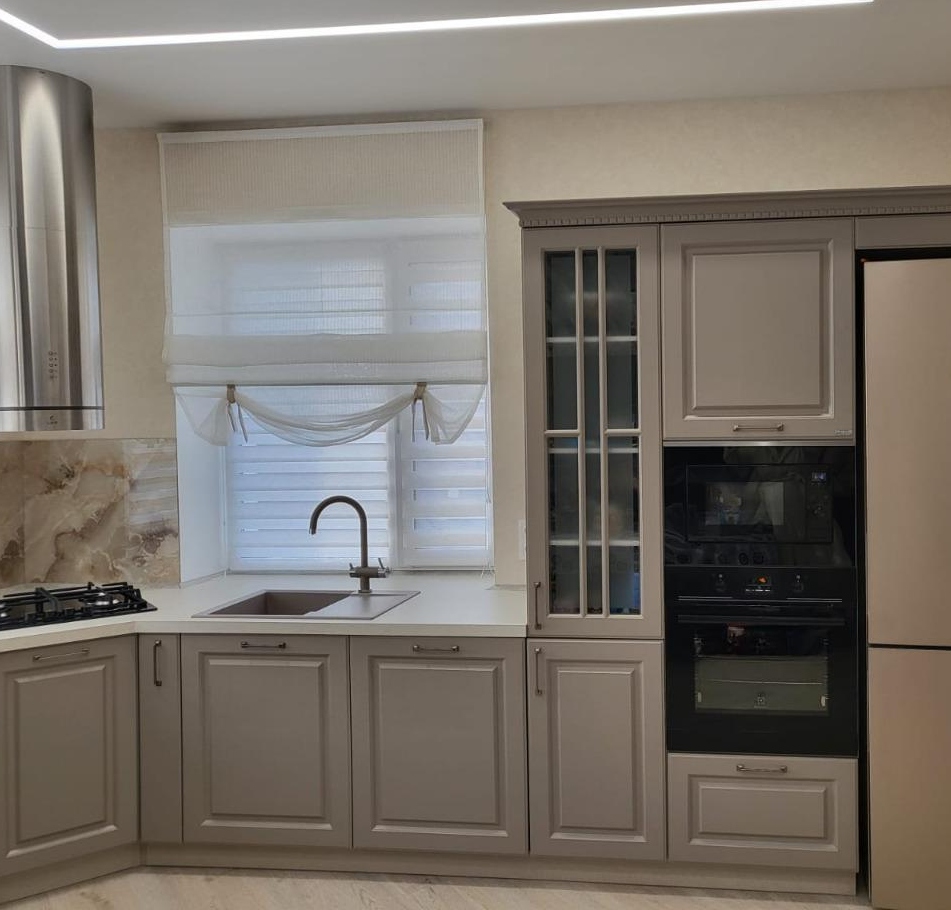
Mastering Gourmet Kitchen Designs
Understanding the Gourmet Standard
Culinary enthusiasts often dream of a kitchen that not only reflects their passion for cooking but also stands up to the rigors of gourmet preparation. A true gourmet kitchen merges both form and function, displaying top-tier appliances, ample workspace, and a design that makes the act of cooking a pleasure. To master a gourmet kitchen design, one must understand the elements that delineate a professional-grade space from a standard kitchen.
Essential Gourmet Appliances
At the heart of any gourmet kitchen lies a suite of high-quality appliances. A powerful range with multiple burners and perhaps additional features like a griddle or a charbroiler is a must. Dual ovens allow for multitasking, and a spacious refrigerator with specialized storage zones ensures ingredients stay fresh. For the avid wine lover, a temperature-controlled wine fridge is also a cornerstone. The goal is durability and precision—appliances that offer consistent performance.
Efficient Layout and Workflow
The layout of a gourmet kitchen should accommodate a seamless cooking process. This means adopting the classic work triangle between the stove, sink, and refrigerator, or more contemporary approaches like zoning. Zones are designed for specific tasks such as prep, cooking, and cleaning, to ensure that movement is minimized and efficiency is maximized. An island often becomes the central hub, providing additional workspace and an area for casual dining or social interaction.
Top-Grade Materials and Surfaces
Materials in a gourmet kitchen are chosen for both their aesthetics and their ability to withstand heavy use. Countertops of granite, quartz, or stainless steel provide durability and ease of maintenance. Flooring should be both beautiful and robust, capable of handling spills and traffic—hardwood, high-quality laminate, or tile are popular choices. The backsplash can serve as a focal point, with options like custom tilework or luxury glass offering both functionality and style. Cabinetry must be sturdy, with the capacity to support the weight of gourmet cookware and utensils.
Integrated Technology
Modern gourmet kitchens often include integrated technology to assist the home chef. Smart appliances that can be controlled via smartphone or voice commands are increasingly prevalent. Features such as built-in timers, precision temperature controls, and recipe suggestion software can enhance the cooking experience. Lighting too should be smart, with the ability to adjust brightness and color based on the time of day or the task at hand.
Personal Touches
While functionality is paramount, a gourmet kitchen should also reflect the personality and style of the cook. Unique lighting fixtures, artisanal hardware, and bespoke features like a pot-filler or pasta arm can make a kitchen truly one's own. Displaying a collection of fine cookware or an assortment of gourmet spices can add charm and signal to guests the kitchen’s gourmet status.
Creating a Cohesive Aesthetic
The ultimate goal is to create a cohesive design that marries the luxury of a gourmet kitchen with the personal taste of the homeowner. Consistency in color scheme, material choices, and design style ensures that the kitchen is not just a showpiece but also a comfortable, inviting space where culinary magic happens. Consultation with a professional kitchen designer can help refine these choices and ensure that the final design is both functional and truly gourmet.